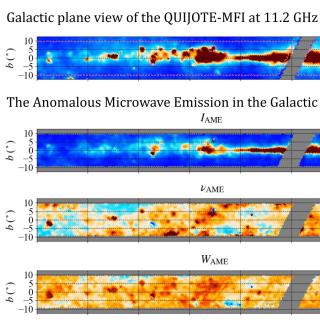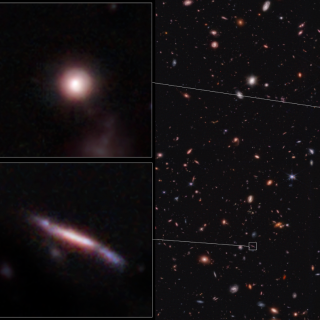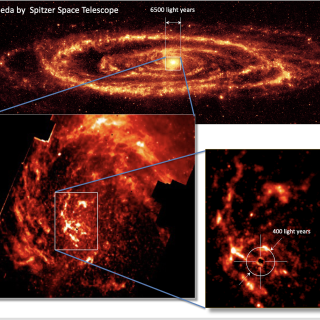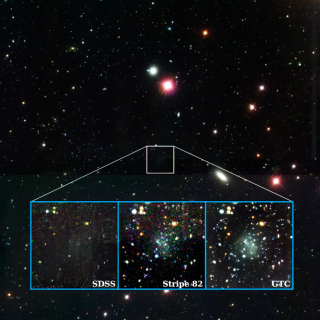
In the 90s, the COBE satellite discovered that not all the microwave emission from our Galaxy behaved as expected. Part of this signal was later assigned to a fresh new emission component, spatially correlated with the Galactic dust emission, which showed greater importance in the microwave range of frequencies. It has been named since as “anomalous microwave emission”, or AME. The current main hypothesis to explain the AME origin is that it is emitted by small dust particles which undergo fast spinning movements. In Fernández-Torreiro et al. (2023), we study the observational properties of
Advertised on




